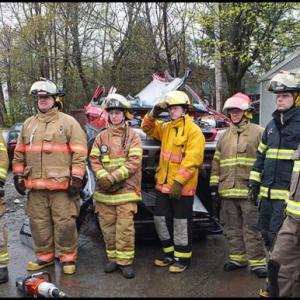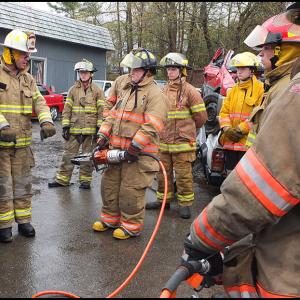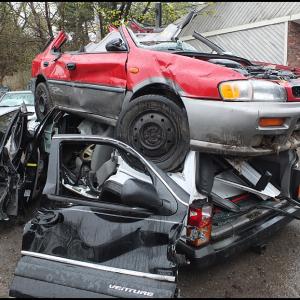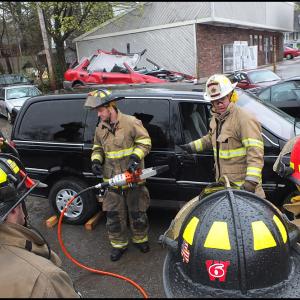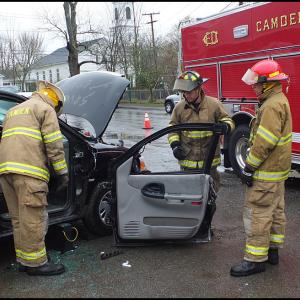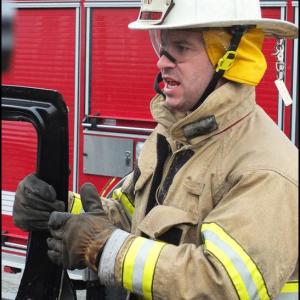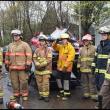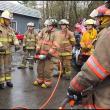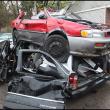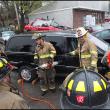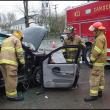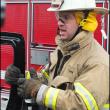In Camden, learning how to cut car doors and roofs off to save people
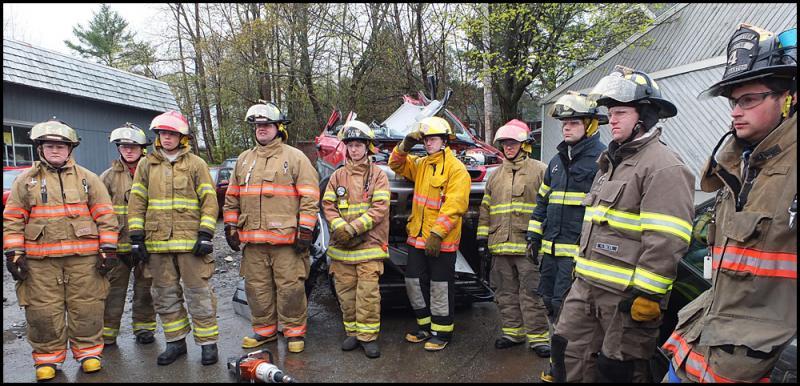 Members of the Thomaston, Hope, Waldoboro, St. George and Camden fire departments assembled at Camden Exxon Saturday morning. (Photos by Chris Wolf)
Members of the Thomaston, Hope, Waldoboro, St. George and Camden fire departments assembled at Camden Exxon Saturday morning. (Photos by Chris Wolf)
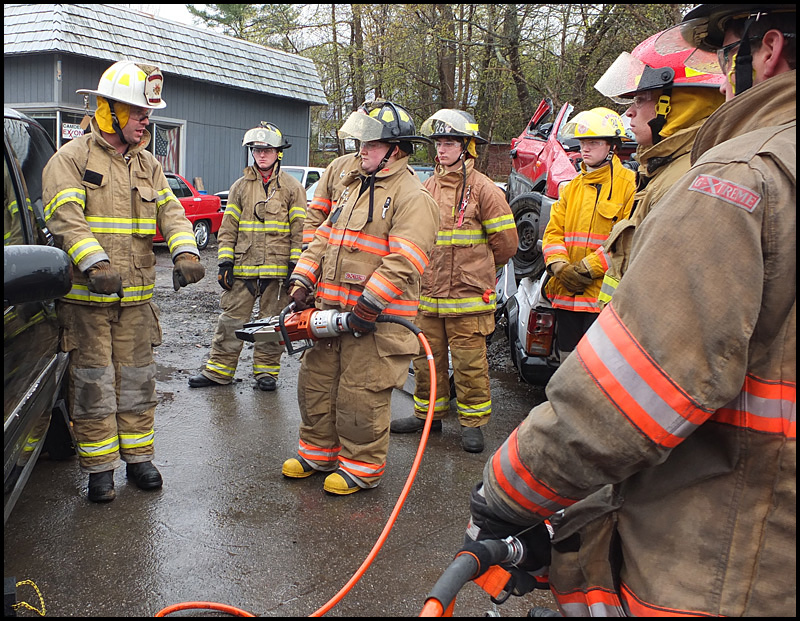 CFD Assistant Chief Andrew Lowe (left) instructs students.
CFD Assistant Chief Andrew Lowe (left) instructs students.
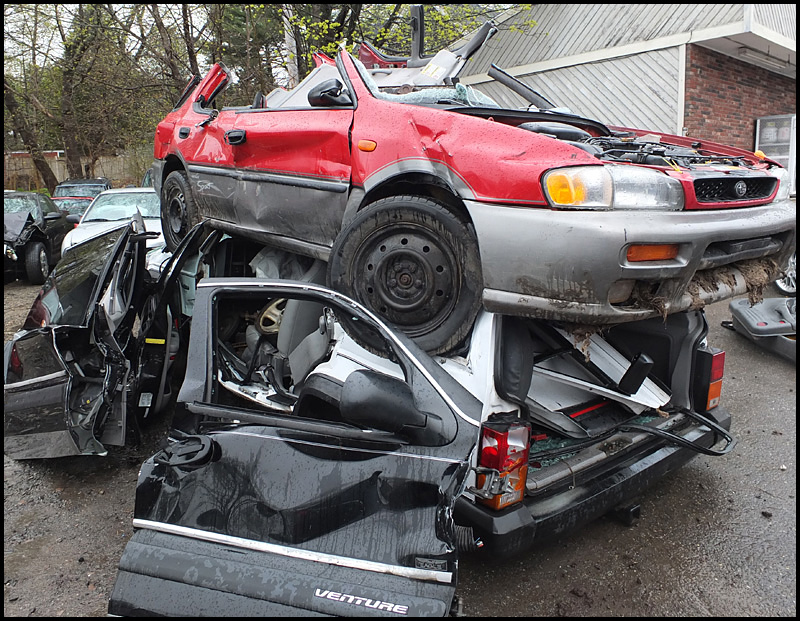 Cars already cut up on Thursday and Friday's training session.
Cars already cut up on Thursday and Friday's training session.
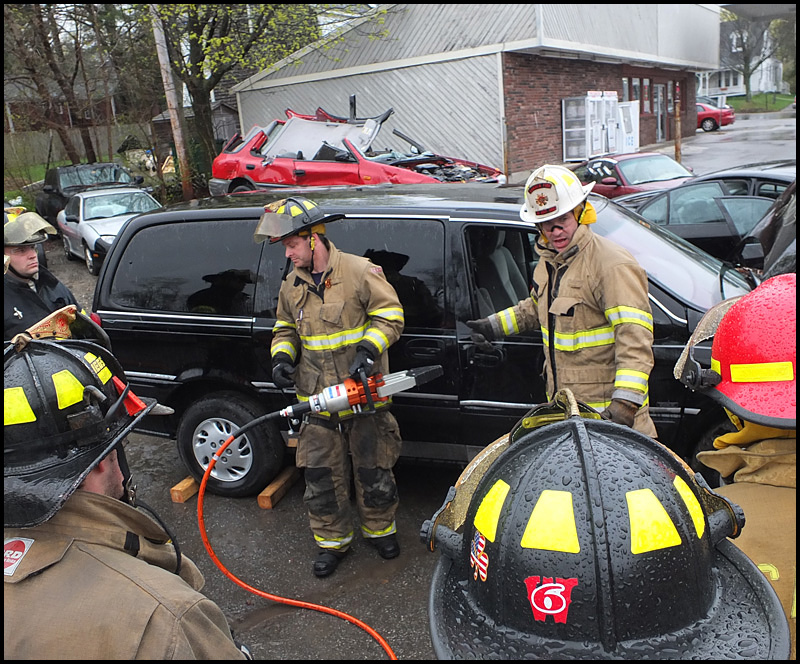 Lowe gives some basics before trainees start using extrication equipment on a van.
Lowe gives some basics before trainees start using extrication equipment on a van.
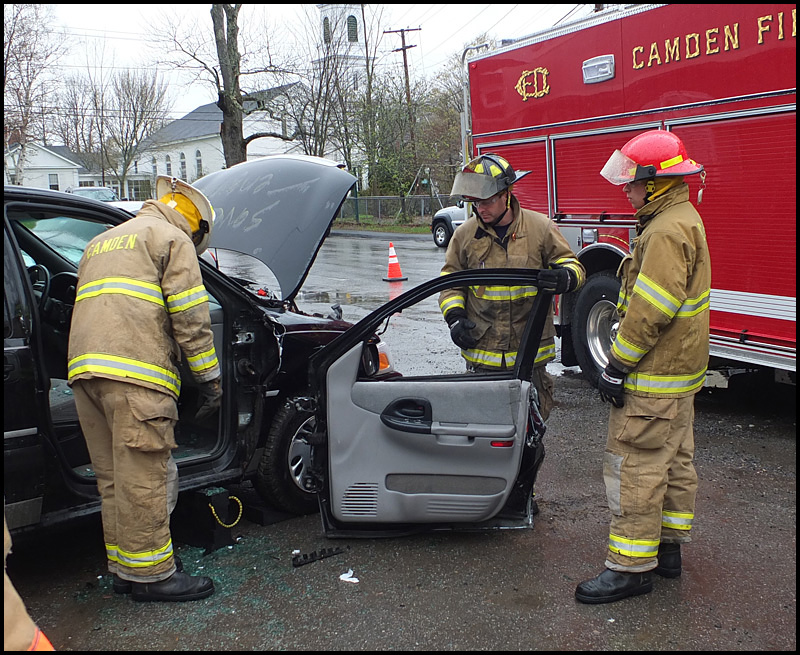 A door successfuly removed.
A door successfuly removed.
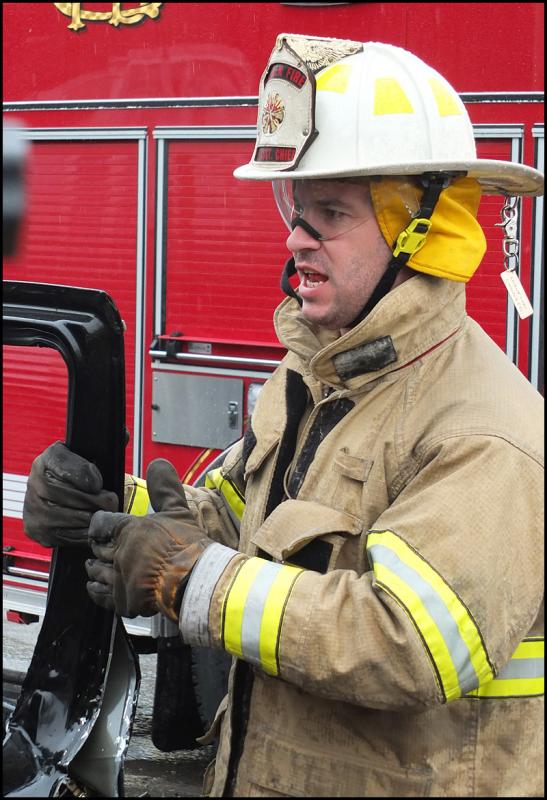 CFD Assistant Chief Andrew Lowe
CFD Assistant Chief Andrew Lowe
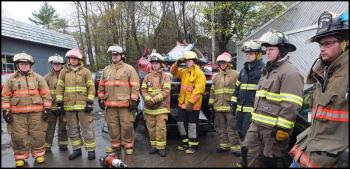 Members of the Thomaston, Hope, Waldoboro, St. George and Camden fire departments assembled at Camden Exxon Saturday morning. (Photos by Chris Wolf)
Members of the Thomaston, Hope, Waldoboro, St. George and Camden fire departments assembled at Camden Exxon Saturday morning. (Photos by Chris Wolf)
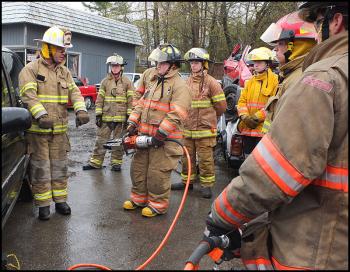 CFD Assistant Chief Andrew Lowe (left) instructs students.
CFD Assistant Chief Andrew Lowe (left) instructs students.
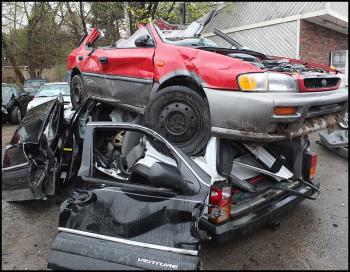 Cars already cut up on Thursday and Friday's training session.
Cars already cut up on Thursday and Friday's training session.
 Lowe gives some basics before trainees start using extrication equipment on a van.
Lowe gives some basics before trainees start using extrication equipment on a van.
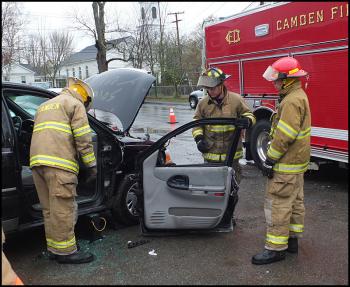 A door successfuly removed.
A door successfuly removed.
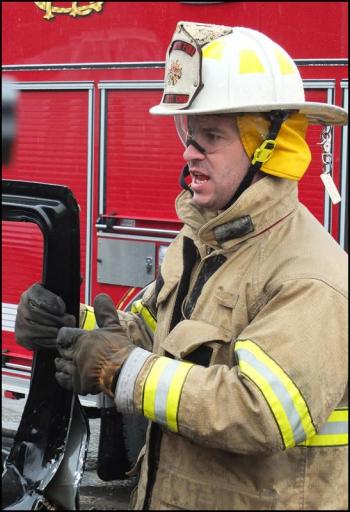 CFD Assistant Chief Andrew Lowe
CFD Assistant Chief Andrew Lowe
CAMDEN– Members of the Thomaston, Hope, Waldoboro, St. George and Camden fire departments assembled at Camden Exxon, 1 Union Street, Saturday, May 10, for training in extrication. The Camden Fire Department conducted the training exercises on safe and effective ways to remove doors, hoods and tops of cars.
Camden’s Assistant Fire Chief Andrew Lowe said the training was about basic extrication training for a Firefighter I and II program that’s run through the Knox County Fire Training Academy. Members of the Rockport Fire Department trained on Thursday and Lincolnville trained on Friday.
“That’s why you see multiple towns here and not just Camden,” said Lowe. “Today we’re going over things like disconnecting a battery, stabilizing a car, removing doors and a lot about patient care during all of this process. We’ve gone over the equipment, spreaders and cutters and we have a ram we haven’t used yet.”
According to Steve Laite, owner of Camden Exxon and a volunter firefighter himself, the cars on the lot are mainly from vehicle accidents from around the area.
“All these young people are here and really want to learn,” said Laite. “Most of these vehicles are from accidents and they only have liability insurance on them, so they don’t know what to do with them. I told them I have an avenue I can donate it to the access team. That’s mostly how I wind up with them, but I also have people who come in and say I have a piece of junk at my house, what can we do with it? I tell them we can donate it to the access team. They all get hauled off for scrap after we’re finished with them here.”
For many of the trainees, who were new to their respective fire departments, it was the first time they had held and used the specialized equipment. For others their respective departments do extrication, but they don’t have a lot of training.
“Most of this has to do with the Firefighter I and II programs,” said Lowe. “It’s a module for that program. When they finish the programs they’ll be evaluated on their practical skills and they’ll have a written test. If they pass both aspects of the testing then they’ll be certified.”
The changing technology of automobiles can present its own unique set of problems when extricating from a car. The Nader pin is the pin that a door latches onto to secure it. Nader pins are especially important to remove a door.
“Each car kind of has its own challenges,” said Lowe. “Depending on how many Nader pins, depending on the construction of the car and the orientation of the car when we get there.”
It’s not just about extrication either. It’s about keeping everybody safe around a compromised vehicle.
“Keeping the firefighter safe and the patient is a key priority,” said Lowe. “Obviously during the training we don’t have a patient, but in real life there’s going to be somebody in the car so their well being is paramount when it comes to doing what we do. Everything we do to the car can potentially affect a patient. We need to work hand in hand with EMS so we know what needs to be done to a car and what doesn’t. Sometimes on an accident scene we need to break glass, but ideally on an accident scene we don’t want to break glass. Shards are not good for the scene or the patient.”
It is one thing to take the door off a car sitting on its wheels, but there are times when the car is on its roof or side. It can change the way a team approaches the car drastically. The car has to be stabilized before people can climb on it and start to work.
“Techniques do change,” said Lowe. “Ideally the door will come off the same way, but if a car is on its roof everything is upside down, so we have to reverse what we do. If it’s on its side we’re working on top of the car. There are other safety factors that play into those scenarios that you have to be mindful of.”
It was raining Saturday and training in the rain is not a bad thing.
“And it could be worse,” said Lowe. “It could be snowing. A lot of our accidents are going to happen in bad weather. It’s not a bad thing to train in the wet weather. These guys have all been great students. They’re all ready and willing to learn.”
Event Date
Address
United States

